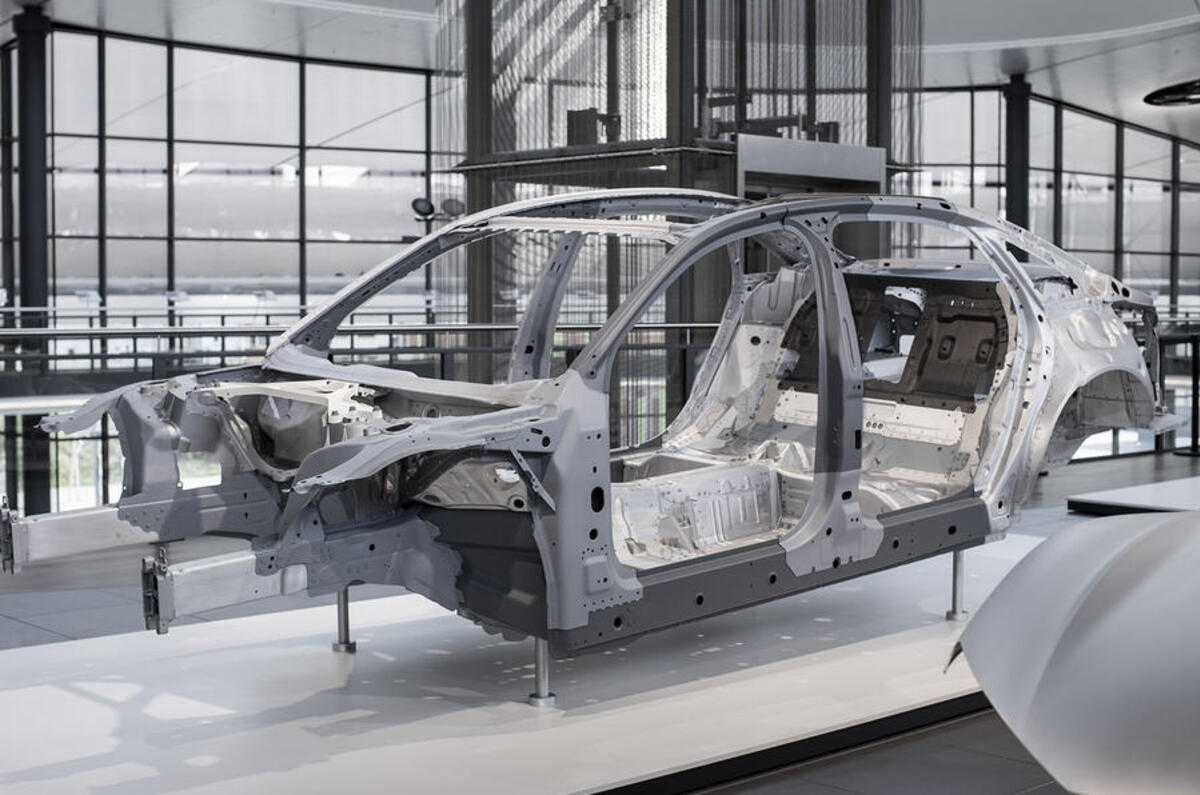When Audi revealed the lightweight engineering behind the next-generation Audi A8 recently, the punchline came as a surprise.
The bare bodyshell of the new car, which Audi has thrown its considerable expertise in lightweight engineering at, is actually 51kg heavier than that of the outgoing model. So what’s going on?
Producing cars is a process of addition and subtraction. Reducing the weight is crucial because it takes less energy to move a lighter car, and therefore fuel consumption can be improved. On the flipside, manufacturers are forced to put weight back in to their new vehicles. Who is to blame for that? Well, in part it is due to legislators and ever-evolving crash safety standards, but we, the car buyers, have to shoulder some of the blame too.
There are three main reasons why cars gain weight. One is equipment. Manufacturers tell us that customers demand more and more gadgets in the car, all of which add weight. More sophisticated climate systems, infotainment, connected car technology, thicker glass, multi-function electric seats, air suspension, bigger wheels than ever before - you name it, this stuff all adds lots of weight.
The second thing is safety. There was a time when a car’s safety equipment consisted of brakes (if you were lucky). Now it has ABS, DSC, autonomous emergency braking (and it won't get a five-star EuroNCAP score without that last one).
Cars have more advanced driver assistance systems than you can shake a stick at, a herd of airbags and, maybe, a pedestrian-friendly deployable bonnet. The bodyshell takes a hit from the increased level of crash protection demanded by legislation as well, because crash structures add weight.
But the third thing - and biggest irony - is this. Reducing weight is the simplest way to improve fuel economy, but adding an electric drivetrain, with a motor, controllers, wiring, inverters and an additional battery, adds loads of weight. Not just in terms of the extra parts, but in the body structure needed to accommodate and protect them from damage.
New Audi A8's lightweight technology laid bare
The body of the new A8 is heavier because of the addition of a panoramic sunroof in the long wheelbase model, improved energy-absorbing crash structures, but also the provision for a 48-volt electrical system with a lithium ion battery.







Join the debate
Add your comment
new cars suck
was it the mk4 golf gti that was twice as heavy as the mk1? that didn't have all of the modern nonsense in!
"Manufacturers tell us that customers demand more and more gadgets in the car", who told the manufacturers? wifi and a built in ipad? that isn't the same as "make the radio play my itunes"
30 years ago the citroen bx had lightweight composite panels. these days it's a new idea.
making engines with cast iron blocks.
since when has anyone moved their seat so often that they were bothered about it being powered?
massive windscreens. glass roofs. because they're nice and light, and easy to manufacture!
semi-automatic gearboxes in.... everything.
the whole thing needs a major overhaul, Gordon Murray was right.
Progress, what progress?
Weight saving cancelled usually